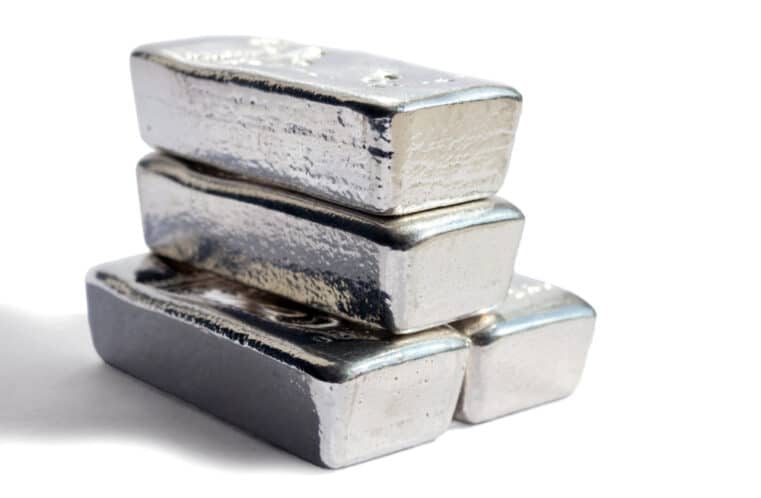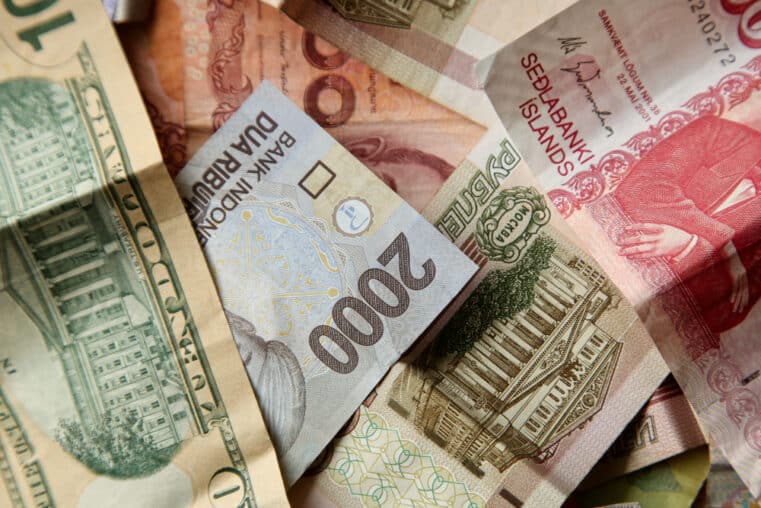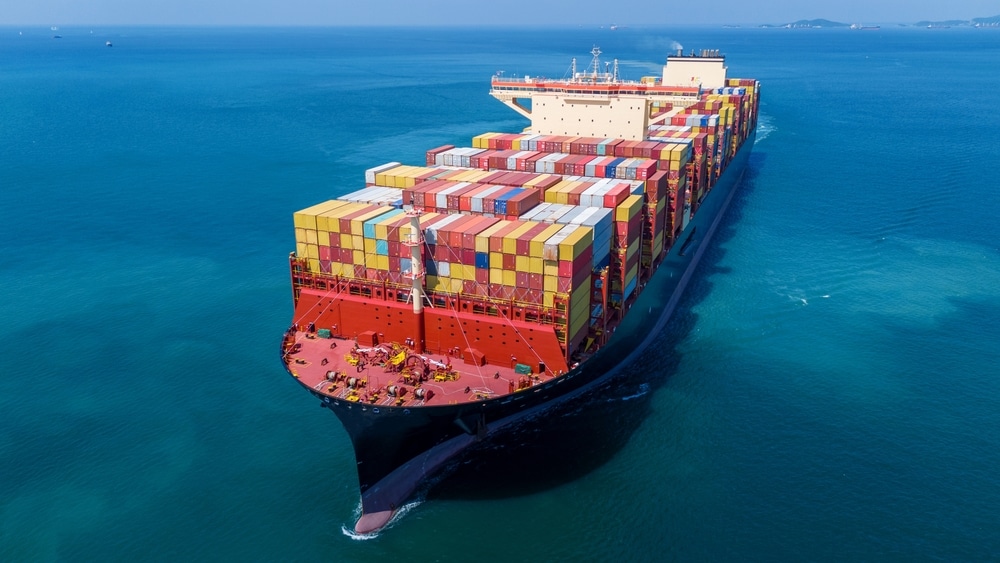Stocks in Danger as Credit Markets Deteriorate
Right now, we are experiencing the second longest economic expansion since World War Two. On top of this, we are only three months away from the longest bull market in history.
If you are an investor who is fortunate enough to participate in this rally, this is great news. Not only were you able to get in near the low of the market cycle, this cycle has extended itself beyond far previous cycles.
But as the term “cycle” clearly denotes, there will always be an eventual decline, after which a new cycle appears. The trick is determining when this decline might happen, and when to take your profits off the table.
Don’t Place the Cart Before the Horse
We’re all familiar with this saying: don’t put the cart before the horse. This means that everything has a natural, or just a plain “logical,” order.
In the stock market, there’s an equivalent saying: credit markets lead equities. Credit markets being the proverbial horse, and equities being the cart. It typically doesn’t go the other way around. So to forecast the direction in which equities might go next, it’s always a wise idea to follow the credit markets.
And right now, the credit markets are flashing signals that might be of concern to every investor; signals indicating that perhaps now is the time to reduce exposure, hedge into safer investments, take some of the earnings off the table.
Because the stock market is strongly headed one way, while the credit markets have already begun to head in the opposite direction. Turbulent times may be ahead.
Since February, Corporate Credit Markets Have Begun to Deteriorate
Here’s a chart showing the rise in equity prices amidst credit market deterioration:

Credit Collapse
Image source: Reuters reut.rs/2tr2i0I
So what’s happening here? You are seeing the effect of rising interest rates, rising bond yields, and widening credit spreads--all of which are exerting downward pressure on the US investment grade index which is now down to $100 in price. Bear in mind that this is the first time since 2009 that it has traded at par.
The corporate debt figure, both nominally and as a share of GDP, is at record highs. So far, there haven’t been many defaults. But as the Fed continues to raise rates, no matter how slow of incremental, increasing default rates are likely to occur. Essentially, at this stage of our ten-year economic expansion, corporate debt is rising much faster than income.
To put this into a clearer context, non-financial corporate debt (that is, debt held by companies not in the financial sector) was at $3.35 trillion toward the end of 2007. That was 23% of GDP. By 2016, that figure rose to $5.8 trillion, or 31% of GDP. Already, this figure marked record-breaking highs.
Currently, corporate debt is over $6 trillion.
The Unintended Yet Predictable Effects of Quantitative Easing
It doesn’t take much to figure out how we arrived at this stage. After the 2008 financial crisis, with interest rates near zero, cheap debt allowed companies to borrow in order to invest or spend. After all, that was the point of QE.
But now, many companies are finding themselves over-leveraged; all with huge debt burdens. Even worse, though very predictable as it happens virtually every time the Fed lowers rates, a greater number of those companies might have malinvested the debt into projects whose completions relied on a continuous cycle of debt. There’s nothing surprising about this. On a micro-scale, it’s similar to starting a difficult and inefficient long-term project--one you’re stuck with, and one that’s costing you a lot more than expected.
Toward the end of last year, companies in most US sectors had leverage well over their 20-year average. Matt King of Citi in London explains this as a “classic late phenomenon, where companies do things that are good for shareholders but not so good for bondholders.”
So during this late phase of the economic cycle, how do companies maintain their share price value and “grow” their business? Stock buybacks and M&A.

corporate debt GDP
But here’s the problem: these activities are often funded by debt. So while this move supports their stock price, it also hurts their credit profile. Very few companies (right now, most of them being in the tech sector, companies like Amazon, Apple, and Microsoft) are holding no debt and are sitting on loads of cash.
So what does this mean for investors, and what might you consider doing?
Right now, “high grade” bond funds have been experiencing massive outflows for five consecutive weeks. And “high yield” bond funds have been experiencing outflows for much longer--32 consecutive weeks. These actions tell you where the general consensus among investors stand: they are heading for the exits.
But as we mentioned at the beginning of this article, credit markets lead equities. And right now, the economic cycle is about to take a turn.
If you are heavily invested in the stock market, now might be the time to consider capital preservation, reducing your equities exposure, and hedging your assets by converting a reasonable portion into gold and silver.
You will have plenty of time to reap rewards from equities once a new cycle begins.
But now is the time to respect the cycle’s natural turn. And that’s what gold and silver are for. To protect you during the downturn. To preserve your capital for the next upswing.











